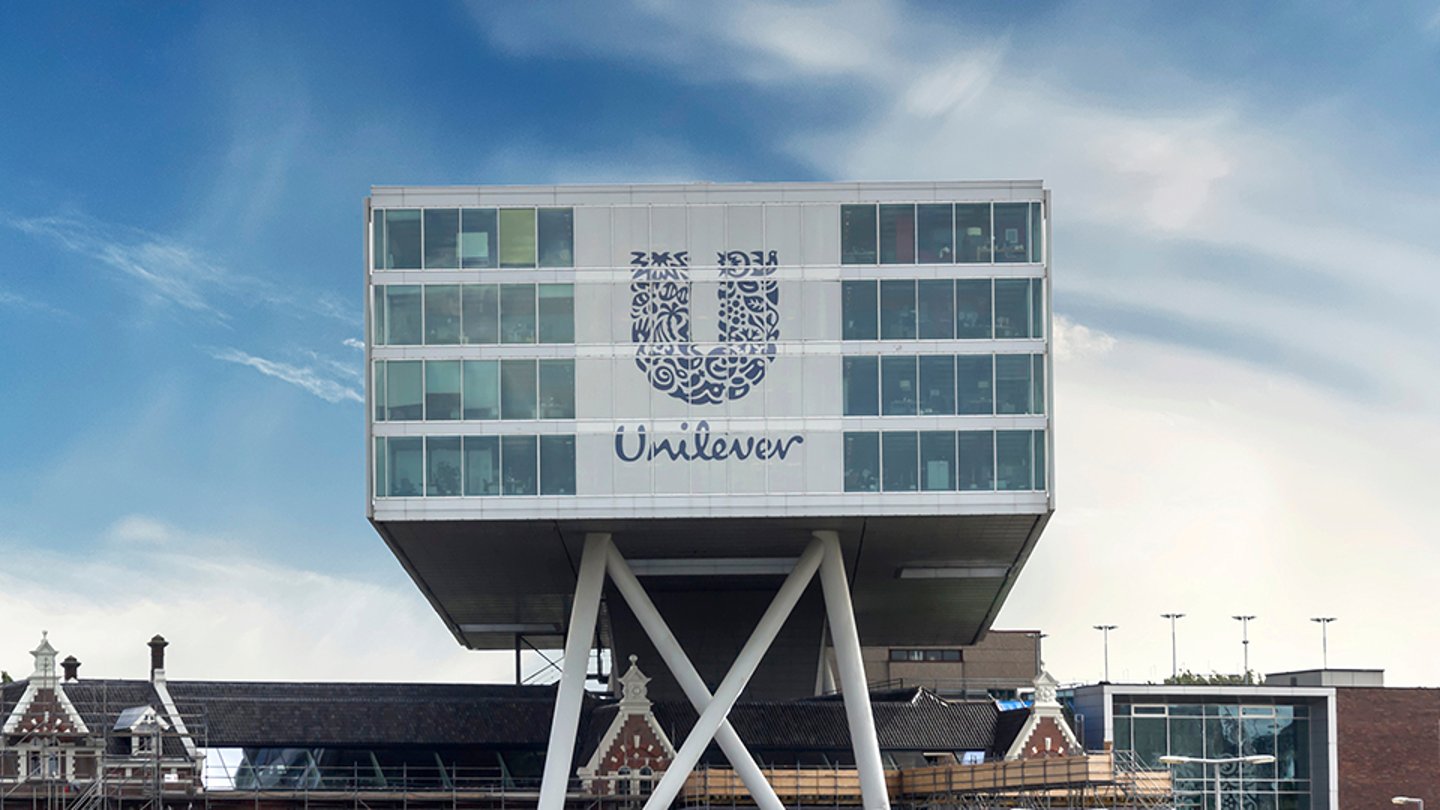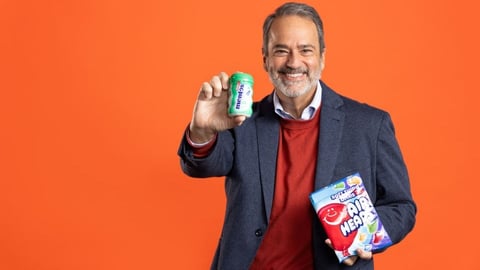Unilever Expanding Real-Time Supply Chain Model After Boosting Walmart OSA Rates
Unilever is expanding its collaborative end-to-end supply chain model to key global customers after a successful Walmart Mexico pilot delivered on-shelf availability (OSA) rates of over 98%.
First launched in 2022, the proprietary model integrates forecast and sales data in real time, including point-of-sale and inventory management data, Juan-Carlos Parada, Unilever global head of customer operations, tells CGT.
Consumer purchases of Unilever products are synchronized with the data source, generating a single forecast based on day/store sales to enable more rapid replenishment.
The system was first piloted across the CPG’s nutrition category and was subsequently rolled out across all of its in-store Walmart Mexico products. The increased data visibility and strong OSA rates have driven strong category growth in less than a year and reduced inventory, according to Parada, as they’ve improved in-stock and fill rates and forecast accuracy.
Model Motivation
Unilever’s new supply chain initiative initially stemmed from a priority to improve OSA rates for Walmart Mexico, one of its largest customers. Given the focus, it used it as an opportunity to rethink the traditional supply chain barriers.
Unilever expanded the goal to fully integrate for what they’ve termed “One Supply Chain.” The model seeks to accelerate end-to-end visibility of the supply chain — including promotional planning and execution — that’s synchronized and optimized by the company’s proprietary artificial intelligence solution, says Parada.
The model lets Unilever deliver personalized solutions to its retail partners, resulting in a more accurate, agile, and efficient supply chain, he notes. Given the strong results with their large retail customers, they’re expanding to smaller retailers and digital commerce channels.
“My hope is to consolidate the next level of value chain operational models for our industry to create competitive advantage and demonstrate industry-leading operational excellence,” Parada says.
Using AI has been critical to success, as the biggest challenge they faced was connecting the data across both parties to establish a single, collaborative supply chain, he says. The vastness of the combined data has required the technology to achieve the necessary level of granularity to improve store execution.
Looking to stay connected to the consumer goods industry? Sign up for a new kind of insider access with CGT's texting community. Share your opinion, and send your questions right to Lisa Johnston for 1:1 conversations. Texts arrive twice a week. Learn more or sign up below.






